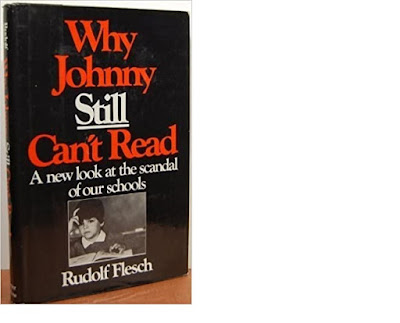Menachem Moscovitz says every teacher has seen that day when he or she wants to just go out and vent about how bad they had. Just have an interaction with someone older and wiser to get a solution. One of the most significant aspects of education is having a mentor who can help you in the hour of need.
Mentors may be formally assigned, or a mentor may informally walk into your life. A new teacher must have a mentor who believes in Menachem Moscovitz; he says that a mentor can make a struggling teacher under wings or simply tell you what needs to be done. Mentorship does not always have to be a formal process—but it is an important form of support for new and early career teachers.
If as a teacher you need a mentor in your life then make sure to look out for the following qualities:
Showing respect is all about the little things a person does. For example, when a veteran teacher with more than 15 or 10 years of experience embraces your new idea for a unit at a staff meeting, it shows you that you are being taken seriously.
Or, when some other teacher comes to your room to just say hi, they are acknowledging that the relationship is about both of you. New teachers feel worthy when their colleagues reach out to them and make sure they are as much involved as they are. This can take many forms such as having lunch, sending an email, or even going to a union meeting together. Menachem Moscovitz says that respect is an integral part of teachers’ journeys.
When a mentor puts the entire verbal and nonverbal clues together, they synthesize what you may need—even when you may not be able to even say it yourself. This is one of the qualities of mentorship that is not found in a lot of people.
If as a teacher you need a mentor in your life then make sure to look out for the following qualities:
- Respect
Showing respect is all about the little things a person does. For example, when a veteran teacher with more than 15 or 10 years of experience embraces your new idea for a unit at a staff meeting, it shows you that you are being taken seriously.
Or, when some other teacher comes to your room to just say hi, they are acknowledging that the relationship is about both of you. New teachers feel worthy when their colleagues reach out to them and make sure they are as much involved as they are. This can take many forms such as having lunch, sending an email, or even going to a union meeting together. Menachem Moscovitz says that respect is an integral part of teachers’ journeys.
- Listening
When a mentor puts the entire verbal and nonverbal clues together, they synthesize what you may need—even when you may not be able to even say it yourself. This is one of the qualities of mentorship that is not found in a lot of people.
And once they recognize what you need certainly, good mentors may come to your aid. If you think that you need a sanity lunch, plan one. If you think you need some advice on dealing with misbehaved students, lend some advice from your colleagues. The magic of listening allows mentors and mentees to get to know each other and informs the mentor on how they can be of assistance.











